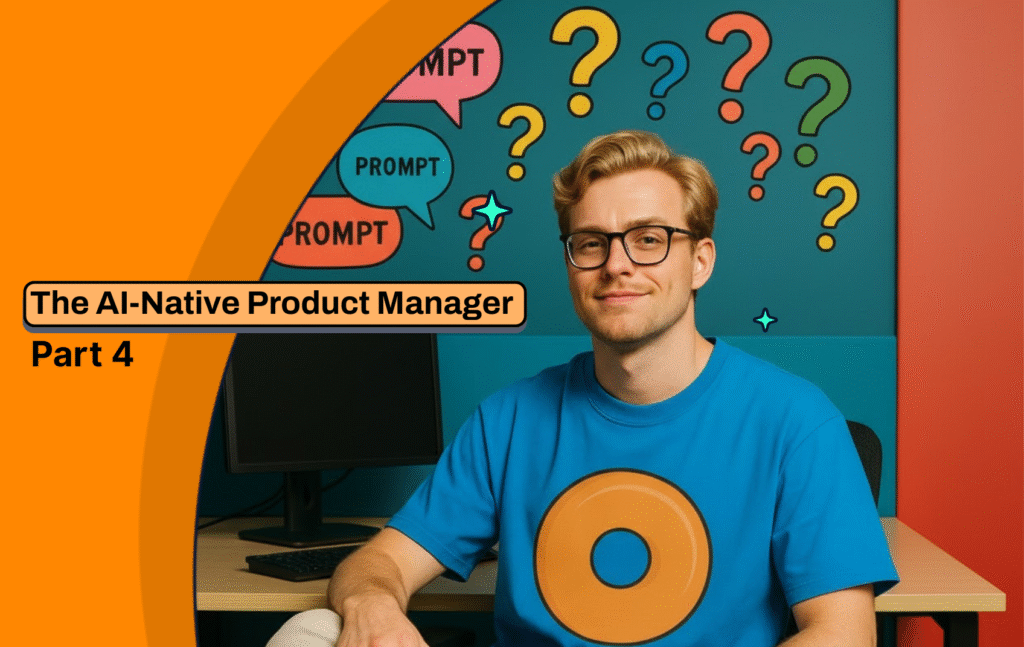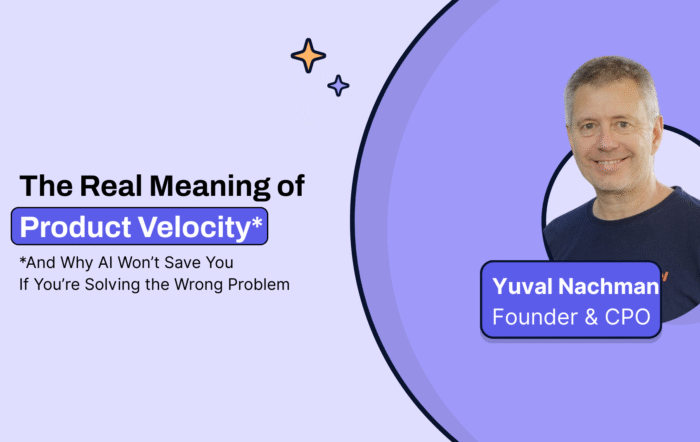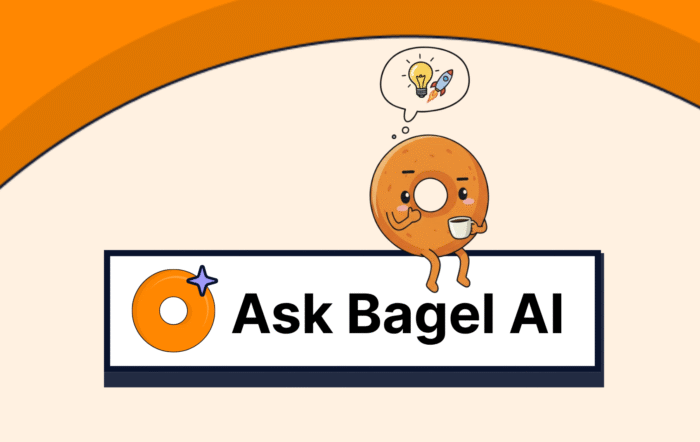Key Takeaways
- Prompting is less about clever words and more about clear thinking.
- Structure matters more than syntax. Leading AI platforms agree. See OpenAI’s prompt engineering guide and Google Cloud’s prompt engineering overview.
- You’ll leave this post with working prompt templates that support product-specific reasoning and not just writing tasks.
Why Prompting Is Product Work
Welcome to Part 4 of our series on becoming an AI-Native Product Manager. You’ve probably started using AI for research or summarization. Now it’s time to unlock a more useful role: AI as your product thinking partner.
This isn’t about prompt “hacks.” It’s about using clear inputs to shape smart outputs.
If you’ve ever written a product brief, you already know how this works. You give the team the background, the objective, and the deliverable. AI needs the same structure. Both OpenAI’s prompt best practices and Google Cloud’s approach emphasize the same principle: better prompts come from better framing, not better buzzwords.
Let’s compare:
Tourist prompt: “Summarize this call.”
Product-aware prompt: “What concerns did enterprise buyers raise about onboarding in this call transcript? Separate objections from questions, and label each by risk level.”
Three Foundations for Product-Aware Prompts
To make AI work for product teams, you need three things: context, constraints, and clarity. This tracks closely with the four steps recommended by OpenAI: Write clear instructions, provide reference text, split complex tasks, and test variations.
1. Context: Give It a Brain
AI has no knowledge of your product, roadmap, customer segments, or strategy—unless you supply it.
Good context includes:
- Who the user is (admin, first-time user, buyer)
- What lifecycle stage you’re in (onboarding, renewal, expansion)
- Why the prompt matters (churn risk, roadmap shaping, internal alignment)
Bad prompt:
“What are customers struggling with?”
Better prompt:
“Based on these onboarding feedback notes, what steps do enterprise users fail to complete in their first session? Highlight blockers they mention multiple times.”
This aligns directly with Google’s principle: define the task with the business goal in mind.
2. Constraints: Stop the Rambling
AI will write a novel if you let it. Be specific about what you want, how you want it, and what not to include.
Tactics:
- Ask for specific formats (bullets, tables, summaries)
- Set audience focus (sales, product, exec)
- Define inclusion/exclusion filters (e.g. only feedback from churned customers)
Prompt framework:
“Analyze [input], include [condition], output as [format].”
Example:
“Summarize only the integration-related complaints from churned accounts. Limit to 3 bullets, phrased in plain English a CSM could use.”
This mirrors OpenAI’s best practice to specify the desired output format and provide constraints.
3. Clarity of Output: Define the Finish Line
Even the best prompts fall flat if the AI doesn’t know what the output is for.
Give it:
- Format: summary, draft, brainstorm, comparison table
- Audience: design team, exec, customer
- Purpose: spec doc, roadmap review, sales enablement
Prompt improvement:
Instead of:
“Help me with this feature.”
Try:
“From this call transcript, create:
– A one-sentence summary of the problem
– A user story
– Two objections an engineer might raise during implementation review”
Reusable Prompt Patterns for Product Thinking
These formats embed best practices from both OpenAI and Google Cloud into day-to-day product work.
A. Trade-Off Analysis
“I’m comparing Feature A (requested by our top accounts, expansion potential: $300K) and Feature B (raised by churned users, low lift to build). Generate a trade-off table with pros, cons, and open questions.”
B. Insight Extraction From Customer Calls
“From this Gong transcript, extract product objections mentioned by enterprise buyers. Classify by theme, and highlight any that relate to integration gaps.”
C. Red Team Your Own Spec
“Act as a skeptical product peer. What risks or edge cases might we be missing in this spec? Keep the tone candid. Assume I’ll use this in a team review.”
D. Evidence-Backed Prioritization
“Group these support tickets by problem theme. For each theme, count mentions and indicate any customer names tied to revenue-impacting deals.”
These prompts follow the pattern of clear task, contextual input, and defined output—a structure both OpenAI and Google reinforce.
Mistakes to Watch For
| Common Issue | What to Try Instead |
|---|---|
| Vague request: “What should we do next?” | Ground it: “Based on Q3 churn feedback, what feature gaps caused dissatisfaction for enterprise users?” |
| Overly broad prompt | Break into smaller parts: one for extraction, one for synthesis |
| Asking for a wall of text | Request bullet points, summaries, or tables |
| No outcome in mind | Tell AI who it’s for and how you’ll use it |
Try These This Week (Real-World Prompt Templates)
Prompt 1: Prepping for a roadmap review
“Summarize customer objections related to analytics tracking in onboarding. Focus on enterprise accounts only. Output as 4 bullets for inclusion in a roadmap slide.”
Prompt 2: Product copy feedback
“Based on this user persona, review this onboarding copy. Flag anything confusing or too technical. Output as 3 feedback points, phrased as comments from a product designer.”
Prompt 3: Rewriting vague feedback
“Rewrite these feedback snippets as clear user problem statements, using the format: ‘As a [user], I struggle to [do X], which leads to [consequence].’”
Further Reading: Go Deeper on Prompting
Want to sharpen your prompting mindset beyond product work? Bookmark these two foundational resources:
- Google Cloud: What is Prompt Engineering?
A practical breakdown of how to structure prompts for real-world business impact. - OpenAI: Prompt Engineering Best Practices for ChatGPT
Concrete guidelines from the creators of ChatGPT, including clarity, reference use, and splitting complex tasks.
Both reinforce the same principle: the way you ask matters more than you think.
Up Next in the Series
Catch up on previous parts:
- Part 1: You’re Not Using AI – AI Is Using You
- Part 2: Your AI Workflow Starter Pack (No Tools, Only Tactics)
- Part 3: From Feedback to Features – Prioritize Like a Revenue Owner
Next: Part 5 – Prompting Like a Product Manager
A deeper dive into how to integrate these techniques into rituals: standups, roadmap reviews, discovery sessions, and launch planning.



